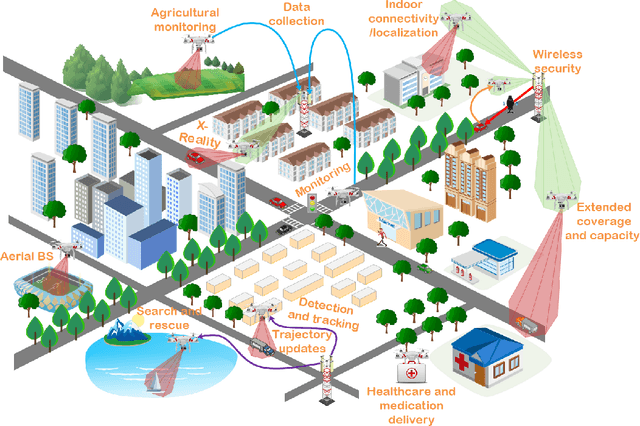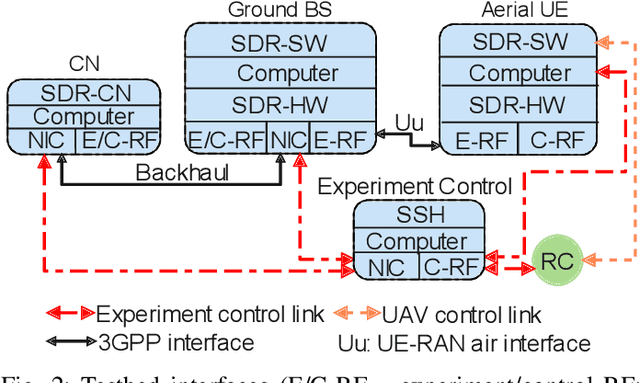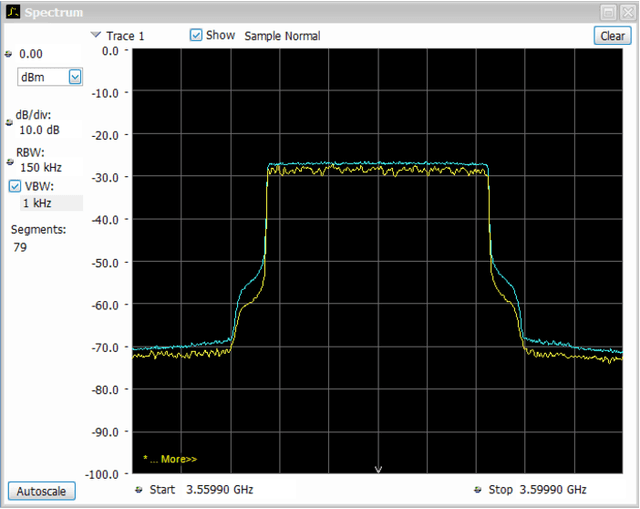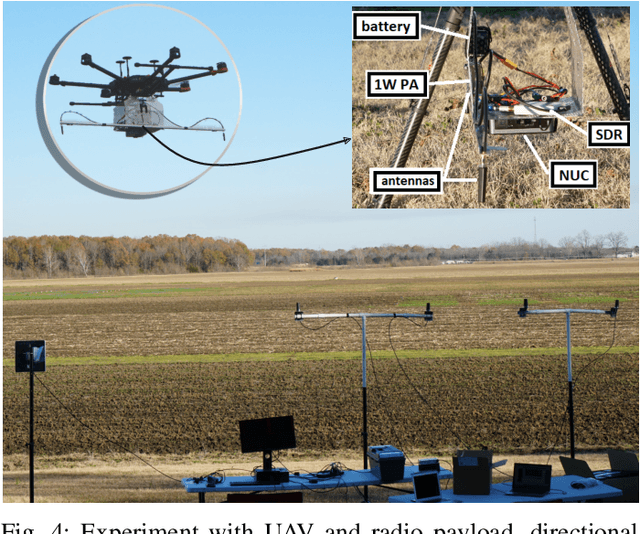Keith Powell
Handover Experiments with UAVs: Software Radio Tools and Experimental Research Platform
Jan 03, 2022



Abstract:Mobility management is the key feature of cellular networks. When integrating unmanned aerial vehicles (UAVs) into cellular networks, their cell association needs to be carefully managed for coexistence with other cellular users. UAVs move in three dimensions and may traverse several cells on their flight path, and so may be subject to several handovers. In order to enable research on mobility management with UAV users, this paper describes the design, implementation, and testing methodology for handover experiments with aerial users. We leverage software-defined radios (SDRs) and implement a series of tools for preparing the experiment in the laboratory and for taking it outdoors for field testing. We use solely commercial off-the-shelf hardware, open-source software, and an experimental license to enable reproducible and scalable experiments. Our initial outdoor results with two SDR base stations connected to an open-source software core network, implementing the 4G long-term evolution protocol, and one low altitude UAV user equipment demonstrate the handover process.
Open-Source Software Radio Platform for Research on Cellular Networked UAVs -- It Works!
Dec 11, 2021



Abstract:Cellular network-connected unmanned aerial vehicles (UAVs) experience different radio propagation conditions than radio nodes on the ground. Therefore, it has become critical to investigate the performance of aerial radios, both theoretically and through field trials. In this paper, we consider low-altitude aerial nodes that are served by an experimental cellular network. We provide a detailed description of the hardware and software components needed for establishing a broadband wireless testbed for UAV communications research using software radios. Results show that a testbed for innovation in UAV communications and networking is feasible with commercial off-the-shelf hardware, open-source software, and low-power signaling.
Network and Physical Layer Attacks and countermeasures to AI-Enabled 6G O-RAN
Jun 01, 2021



Abstract:Artificial intelligence (AI) will play an increasing role in cellular network deployment, configuration and management. This paper examines the security implications of AI-driven 6G radio access networks (RANs). While the expected timeline for 6G standardization is still several years out, pre-standardization efforts related to 6G security are already ongoing and will benefit from fundamental and experimental research. The Open RAN (O-RAN) describes an industry-driven open architecture and interfaces for building next generation RANs with AI control. Considering this architecture, we identify the critical threats to data driven network and physical layer elements, the corresponding countermeasures, and the research directions.
 Add to Chrome
Add to Chrome Add to Firefox
Add to Firefox Add to Edge
Add to Edge